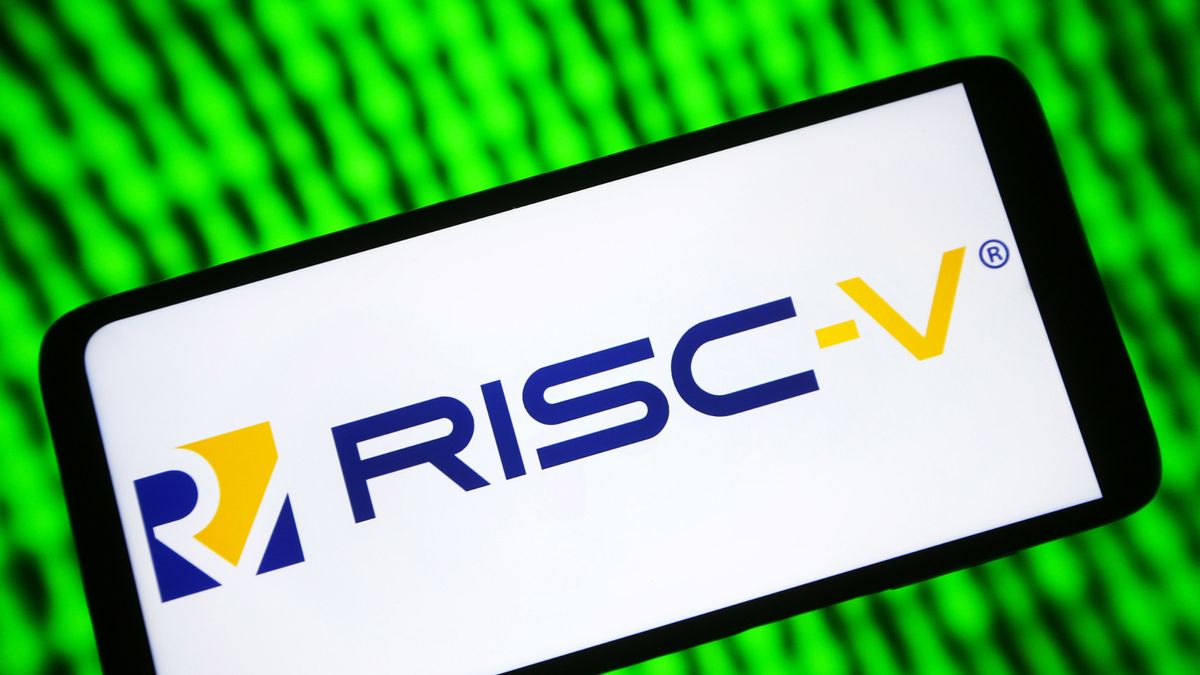
ZDNET's key takeaways:
- OpenAI released its long-awaited GPT-5 on Thursday.
- Some users complained GPT-5 was inferior to its predecessor, 4o.
- In response, the company announced a flurry of changes.
OpenAI released GPT-5, the long-awaited upgrade to the model which powers ChatGPT, Thursday. In typical OpenAI fashion, the release has included plenty of twists, turns, and drama.
It was almost inevitable that the new model would disappoint a significant number of people, given how intensely it was hyped leading up to its release. On Aug. 2, Xikun Zhang, a research scientist at OpenAI, wrote in an X post that "GPT-5 really feels like the most anticipated product launch in history." (The post was later deleted.)
(Disclosure: Ziff Davis, ZDNET's parent company, filed an April 2025 lawsuit against OpenAI, alleging it infringed Ziff Davis copyrights in training and operating its AI systems.)
Also: How you can still access GPT-4o, o3, and other older models in ChatGPT
Sure enough, GPT-5 has debuted more with a whimper than a bang.
GPT-5's core strength, which OpenAI has gone to great lengths to emphasize, is its ability to adaptively choose between a collection of models depending on the nature of a particular prompt. While a good idea in theory, it's turned out to be unwieldy in practice for users, many of whom are now requesting out of frustration that the company bring back 4o, GPT-5's predecessor model. GPT-5 also performed poorly in coding tests conducted by ZDNET.
It didn't help that multiple charts displayed inaccurate information during a livestream presentation of GPT-5 on Thursday, a slip-up that the internet has taken to deriding as the "chart crime." One bar graph comparing the new model's performance on the SWE-bench test, for example -- which gauges models' coding skills -- showed a comparatively low score for GPT-5 being displayed within a disproportionately higher bar.
Also: I tested GPT-5's coding skills, and it was so bad that I'm sticking with GPT-4o (for now)
All of this has presumably led to a busy handful of days for the OpenAI engineering and media teams as they deal with the fallout of this latest snafu. A collection of X posts both from the company and its CEO, Sam Altman, since Thursday, provides a window into how the company has responded, and the various patches that have been applied to keep the leaky ship of GPT-5 afloat.
What has been updated?
A Friday X post from Altman included a string of updates that had been made to GPT-5 in response to early user feedback. Those included:
Doubling the rate limit for GPT-5 for ChatGPT Plus subscribers. According to OpenAI's website, Plus users can now send up to 160 messages every three hours via GPT-5. Once that limit has been hit, the model will automatically switch to a more limited mini model until the usage time window resets. OpenAI also noted that this was "a temporary increase and will revert to the previous limit in the near future."
Allowing some paid subscribers to continue to access and use 4o. In a X post on Friday, OpenAI wrote that ChatGPT Plus and Team users can access the model through an option reading "show legacy models" in settings. The same post added that GPT-5 had been successfully rolled out to all ChatGPT Plus, Pro, Team, and free users.
Making it easier for users to see which model is being used to respond to a given query. In the same Friday X post, OpenAI said users can now find this information by hovering over the circular arrow icon on the far right of the menu appearing beneath each of the chatbot's responses.
Adding measures to ensure the right model is used for each response. (Altman noted in his Friday post that the model's autoswitcher mechanism was broken for part of the previous day, so that it "seemed way dumber.")
Next steps
In another X post on Friday, Altman said the early, less-than-stellar reception to GPT-5 had imparted important lessons around user interface and experience that would be taken into account as ChatGPT continued to evolve.
Also: OpenAI's GPT-5 is now free for all: How to access and everything else we know
"Long-term, this has reinforced that we really need good ways for different users to customize things," he wrote. "For a silly example, some users really, really like emojis, and some never want to see one. Some users really want cold logic and some want warmth and a different kind of emotional intelligence."
Altman went on to say that the company was "doing heroic work" to build an optimal user experience amid the constantly shifting demands of a major product rollout, all the while working within the constraints afforded by its supply of GPUs: "Not everyone will like whatever tradeoffs we end up with, obviously, but at least we will explain how we are making decisions."

 4 months ago
35
4 months ago
35






 English (US) ·
English (US) ·